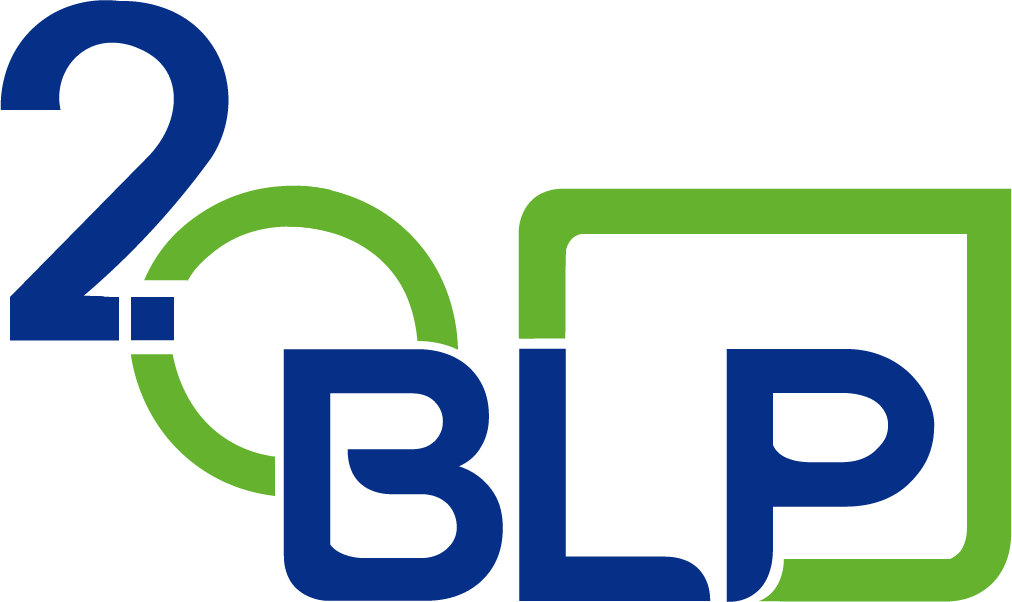Generally, a person invests in a corporation to obtain, eventually, economic advantages. The right to the dividend is acquired inherently, by virtue of being a shareholder, in a commercial company.
The doctrine has classified it as a patrimonial right (with economic content) that the shareholder has against the corporate entity, unlike political rights (for example, information and convening). By the form of exercise, it is qualified as an isolated right, as opposed to collective rights as those exercised jointly in general meetings. The right of the investor to the dividend is not modifiable without his consent and therefore is framed, based on its revocability, as a general right and not an individual one.
The shareholder is the one who can execute his right to the dividend and who is entitled to request (not to demand) the distribution of profits to the company investors. The right to the dividend is “eventual, conditioned and abstract”, which eventually when certain conditions are met, materializes.
In order to exercise the right to the dividend, the following requirements must basically be met: i) be a shareowner ii) of a company that has obtained net profits iii) on which the competent body has agreed to its distribution.
Article 25 of the Commercial Code gives the shareholder the ownership of the dividend right; however, it will be the ordinary shareholder only since, in special actions, this right can be limited.
Based on a clear understanding of the above, when exactly does the right of a shareowner to collect dividends arise? We have already indicated that this right is inherent to the member due to his shareholding in the company and it was also mentioned that he will be able to receive it when the company obtains profits and the Ordinary General Assembly (competent body) decides to distribute them.
The classification of abstract right and concrete right to the dividend is used for greater clarification. The abstract right is the right of the shareholder to obtain profits produced by the business activity. The specific right is the right that the member has, to the proportional part, in accordance with his social participation, of the net profits, approved and agreed to distribute. Once this right has materialized, the shareholder has a right of credit from the business entity. (Although the law actually describes it as a collection right).
In summary, the two suspensive conditions that must be met in order for this dividend payment right to arise is i) that the company has reported profits approved by the Shareholders’ Meeting; ii) that the General Assembly of Shareholders has decided to distribute them.
On this last point, it is important to mention that the Assembly could allocate the profits to any reserve or direct them to some other purpose. If this is the case, the right to payment does not arise for the shareholder. The Assembly may agree not to distribute profits under certain circumstances that do not make it void. Article 32a of the Commercial Code gives the member a right of recess (separation) in those cases in which, if there are profits, the company does not distribute at least 10% of the profits, for two consecutive periods.
Once the right of the investor to collect his dividend arises, as stated, the company must pay the amount due, proportionally to the share participation of each of its shareholders, on the dates set in the bylaws or by law.
Lucia Quesada



